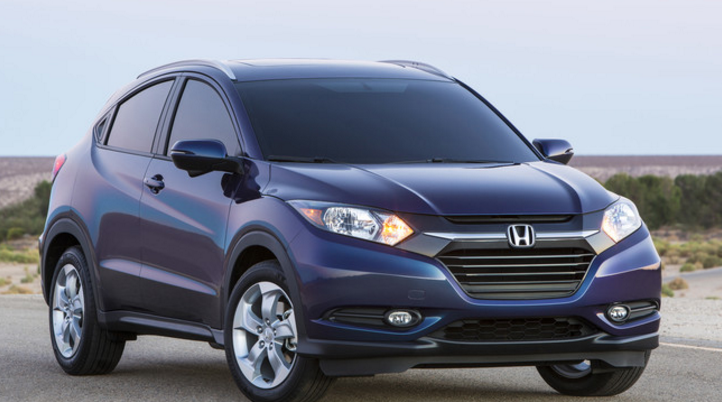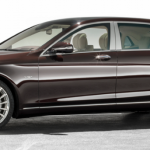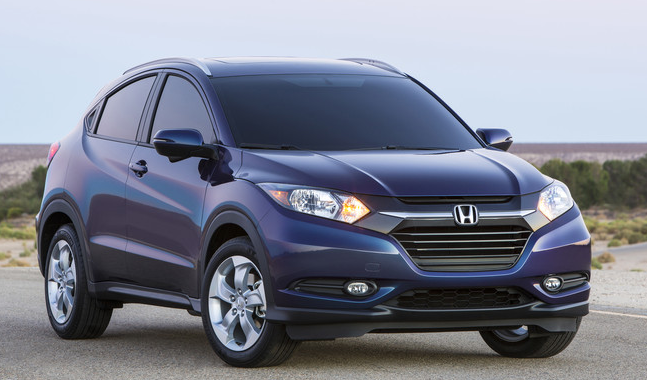
After revealing photographs of a production version back in April at the 2014 New York Auto Show, Honda debuted its HR-V subcompact crossover at the 2014 Los Angeles Auto Show. The HR-V is based on the platform of the Honda Fit hatchback, which was redesigned for 2015. A 138-horsepower, 1.8-liter 4-cylinder is the HR-V’s lone powertrain; front-wheel drive models offer the choice of a continuously variable transmission (CVT) or a 6-speed manual transmission, while all-wheel drive versions come exclusively with the CVT.
Test Drive: 2016 Honda HR-V EX-L
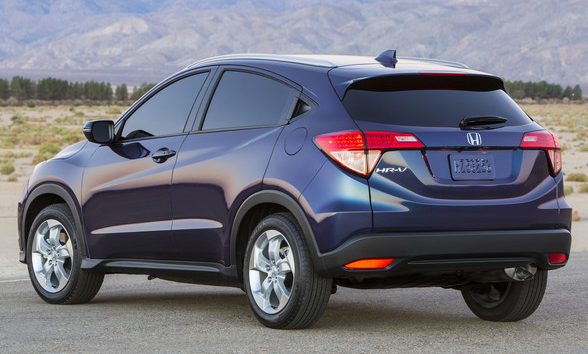
HR-V trim levels ascend through Honda’s traditional LX, EX, and EX-L monickers. Standard features on all include a rearview camera, electronic parking brake, alloy wheels, tilt-telescopic steering wheel with audio and cruise-control buttons, Bluetooth connectivity, and Pandora internet radio. Higher trim levels can be equipped with a 7-inch touchscreen interface, keyless entry and starting, Honda’s LaneWatch side-view camera, Honda Digital Traffic, leather trim, power sunroof, and heated front seats.
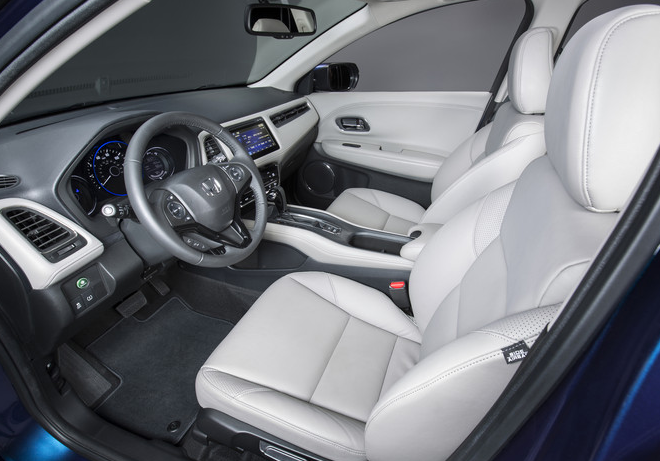
The Honda HR-V is slated to go on sale in early 2015.
CG Says:
In the redesigned 2015 Fit, Honda has a fine starting point with which to create a standout subcompact crossover SUV. We expect the HR-V to significantly improve on the Fit’s already outstanding cargo and passenger versatility. Indeed, Honda lists the HR-V’s cargo volume at 24.3 cubic feet with the rear seats up and 58.8 with the rear seats down—this compared to the Fit’s respective measurements of 16.6 and 52.7. The HR-V should also boast excellent road manners and impressive all-around refinement for its class. All of the sudden, the pint-sized SUV marketplace is booming, with the Chevrolet Trax and Jeep Renegade set to debut very soon. The HR-V should prove to be a serious competitor in this segment.

